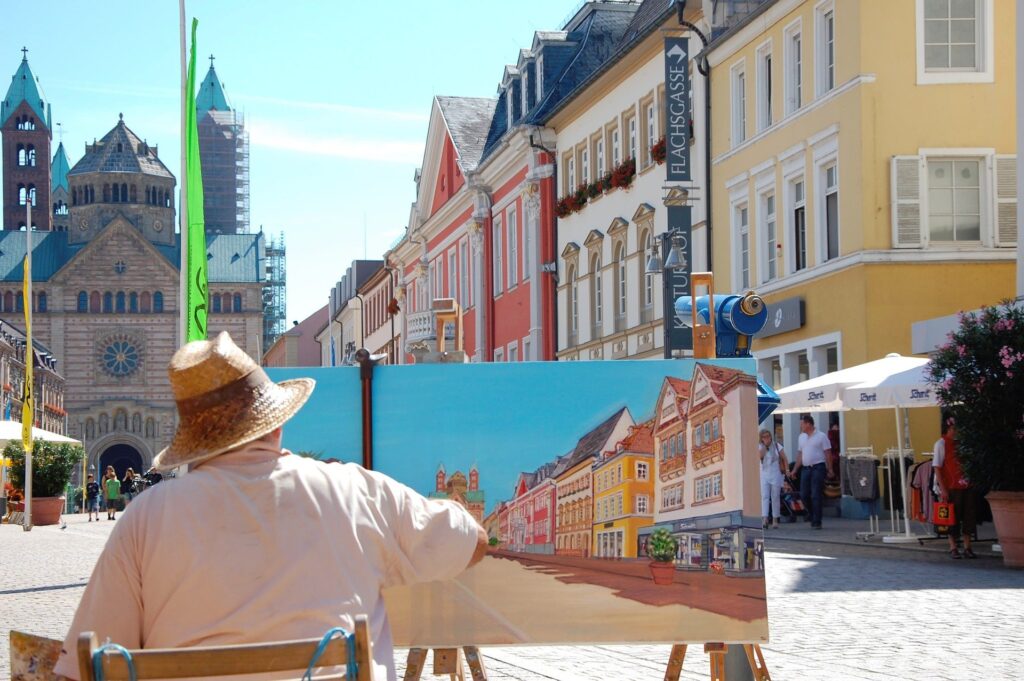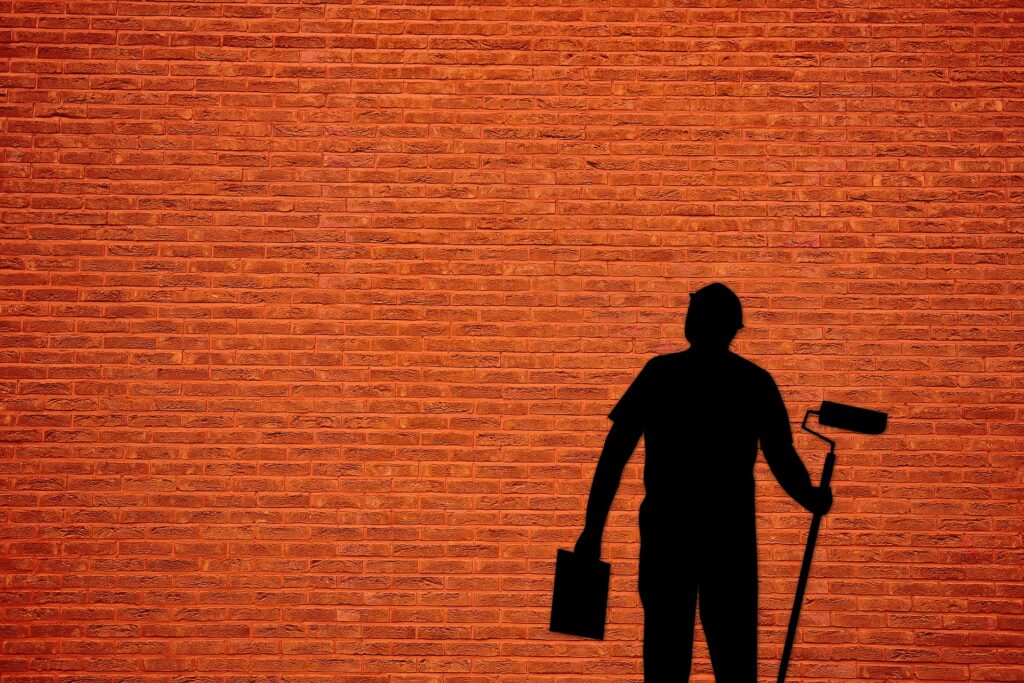
Who was Sandro Botticelli? What are they Interests and Works?
Sandro Botticelli was one of the greatest painters of the Renaissance. His major works include ‘The Birth of Venus’ and ‘primavera’. He was one of the great painters of the Italian Renaissances, a period that witnesses the revival of Roman and Greek culture in Italy.
Sandro Botticelli real name was Alessandro di Marino Filipo. He was born in 1445 in Florence to Mariano di Filipepi. Most of Botticelli’s personal life was scattered, but his professional career is well documented. At first, he was trained to become a goldsmith.
His father apprenticed him under a goldsmith before realizing that Botticelli’s interest lay in art. He then joined Flipped Lippi, and admired Florentine master, as an apprentice. He completed his entire education under the guidance of Lippi.
Most of Botticelli’s artworks were influenced by the elder master. He adopted Lippi’s specific technique. His paintings were like life and three- dimensional. By the time he was 25, he owned a workshop.
Some Wonderful Skills of Botticelli
Botticelli was also greatly influenced by Andréa Del Verrocchio, where Leonardo da Vinci worked. Later in his life, Botticelli met Lorenzo de Medici, another great artist. Medici used his latent and encouraged him to explore new art style.
Botticelli used circular ‘Tondo’ forms, which were circular paintings. He painted beautiful female portraits and human figures, which dominated his earliest works. Some of his paintings on panels were ‘Madonna with Child’, ‘Portrait of a Young man’, ‘Fortitude’ and ‘St Sebastian’.
In 1475, he painted the ‘Adoration of the magi’, which featured a portrait of Lorenzo de Medici’s grandfather. It was one of his masterpieces. His other works include ‘The birth of Christ’ and ‘St Augustine’. In 1481, he was asked to paint the walls of the Sistine Chapel by Pope Sixtus IV.
It took him two years to complete the work. He made four paintings including ‘St Sixtus II’, ‘Punishment of Korah Dathan and Abiram’, ‘The Temptation of Christ’ and ‘The Trails of Moses’.
During 1 6th Century Works
Botticelli’s two masterpieces were painted for the Villa of Lorenzo Medici at Castello in the mid-16th century. He painted the ‘Primavera’ in 1478 and ‘The Birth of Venus’ in 1485. Both his works were influenced by Humanism. These paintings earned global recognition from scholars for many years.
Past-1490, Botticelli’s paintings had a new art style. He started painting smaller figures on the canvas. Some of these work art ‘Calumny of paellas’, ‘the Last Communion of St Jerome’, ‘The Descent of the Holy Ghost’, ‘Madonna and Child’ and ‘Angle’. This style became more famous because of the dreamy look of the people in his painting; the characters looked more lively.

Botticelli Painted own painting
Botticelli’s art was also profoundly influenced by region. One such painting based on his theme was the ‘Adoration of the magi’. It was a painting of Mary and the baby Jesus. Botticelli even portrayed himself in a brown robe in that piece.
He became a follower of Girolamo Savonarola, a Dominican Preacher. Botticelli then painted mythological scenes in his artworks like the ‘Birth of Venus’, in which he painted Venus, the Roman Goddess of love and beauty.
Few Days of Life
His later works were a series of paintings which reprinted the life-cycle of St.Zenobius. Two of these paintings were the ‘Four Senses from the Early Life of Saint Zennobius’ in 1505. Botticelli did not paint much in his old age.
He became disable, which resulted in a lack of projects. During the period of High Renaissance, his art was shadowed by the fresh styles of Michelangelo and Leonardo da Vinci. Botticelli remained unmarried all his life. He died on May 17, 1510 at the age of 65 in Florence, Italy. After the death of the great painter, most of his paintings were left undisturbed. None of his works were moved from the churches or homes.
Masterpiece of Botticelli
Tondo’ forms
Madonna with Child
Portrait of a Young man Fortitude
St Sebastian
The birth of Christ
St Augustine In 1481
St Sixtus II
Punishment of Korah Dathan and Abiram
The Temptation of Christ
The Trails of Moses
Calumny of paellas
Primavera
The Birth of Venus
The Last Communion of St Jerome
The Descent of the Holy Ghost
Madonna and Child’ and Angle
